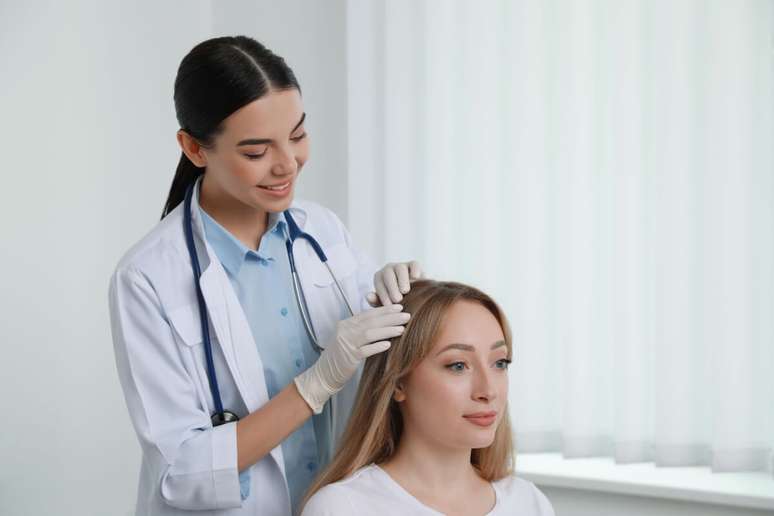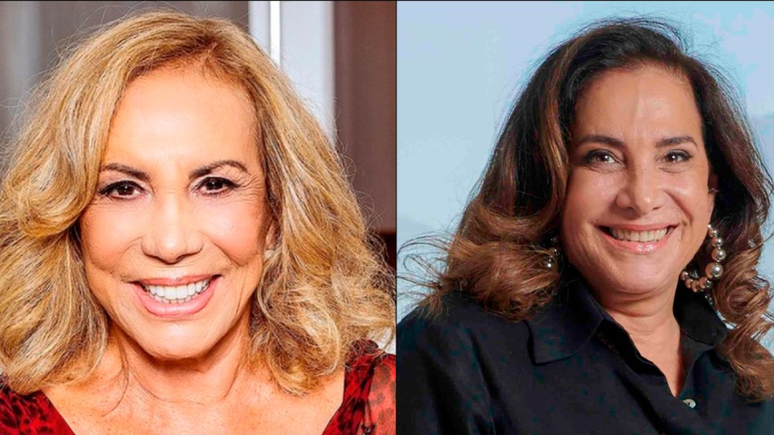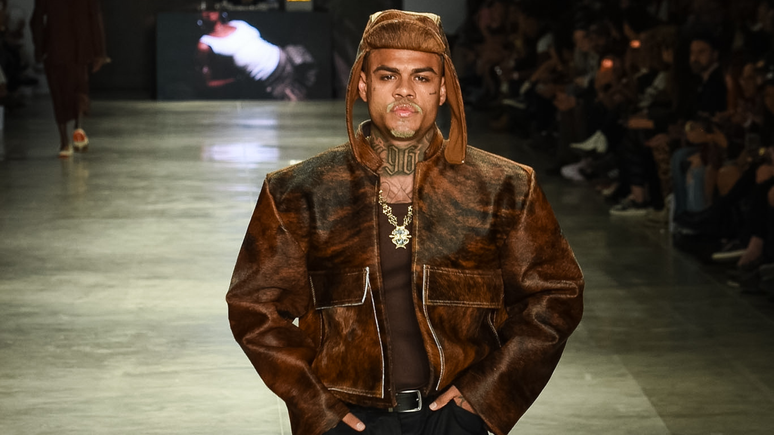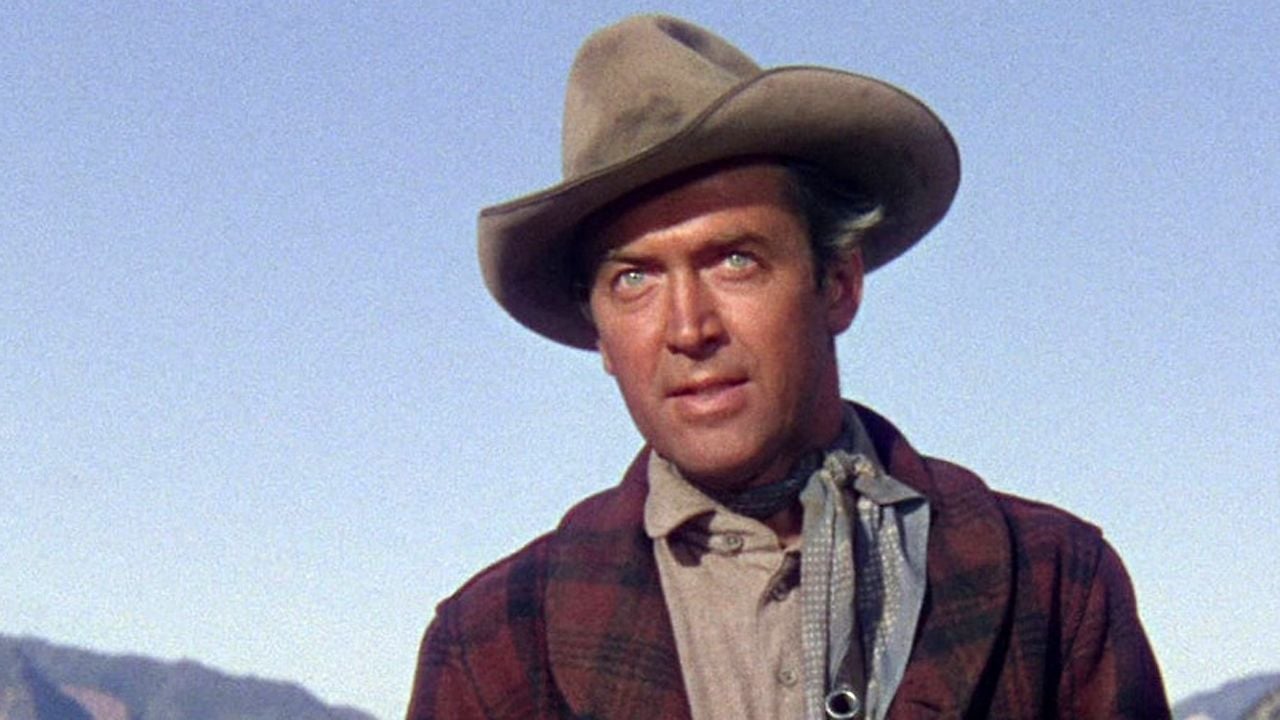The method involves a series of treatments to improve the health of the hair and scalp.
Over time, hair suffers damage that can result in excessive hair loss, brittle, dry or slow-growing strands. To address these issues and promote revitalization, hair therapy stands out as an effective approach.
This method involves a series of treatments and treatments that act in an integrated way, trying to rebalance the health of the hair. From manual massage techniques to the use of specific products, the alternative offers a personalized treatment plan to restore vitality to the hair, but also aims to treat/prevent some disorders that affect the scalp.
According to Dr. Elizabeth Borgo, R&D (Research and Development) director of Ecosmetics, a brand focused on creating products for all hair types, some equipment and manual techniques can be used in hair therapy, in addition to products such as essential oils, botanicals and cosmeceuticals, depending on what will be treated.
Find out how this practice works and discover its benefits for the health and beauty of your hair!
How does it work?
In the hair therapy session, a detailed evaluation (anamnesis) is carried out by a professional who listens to the patient’s complaint and, based on this, analyzes the scalp and hair shaft, in which it is possible to diagnose the related causes .
“Based on the diagnosis, personalized treatments are carried out which involve the use of specific products, such as shampoos, conditioners, masks, serums, but also techniques such as hair massage and, in some cases, advanced therapies such as laser or LED light. The goal is to treat existing problems and prevent future ones, improving the overall health of the scalp and hair,” explains the specialist.
Who can do it?
According to the doctor, “capillary therapy is recommended for people of all ages who face hair problems, or simply for those who want to keep their scalp and hair healthy, preserving the microbiota in balance”, says Dr. Elisabetta Borgo.

Are there any contraindications?
Hair therapy may have contraindications for some people. These include those with specific health conditions, such as head injuries scalpinfections or sensitivity to ingredients present in some cosmetic formulations.
“Pregnant or breastfeeding women should also consult a professional before starting treatment, due to the potential risks. It is essential to seek advice from a hair therapist for evaluation and recommendation of appropriate treatment, and collaboration with other professionals contributes greatly to improved patient outcomes and satisfaction,” warns the practitioner.
What are the results?
The patient expects hair therapy to reduce hair loss, improve conditions such as dandruff and greasiness, have healthy hair (more strength, shine and softness), stimulate the growth of new hair and improve texture and I wait. hair volume.
“The benefits tend to appear gradually over the course of treatment, and the outcome will depend on both the patient and hair therapist, their training and level of knowledge, assertively identifying the best treatment and which products to use, as well as the appropriate products . dosages for each case”, concludes Dr. Elisabetta.
By Débora da Mata
Source: Terra
Ben Stock is a lifestyle journalist and author at Gossipify. He writes about topics such as health, wellness, travel, food and home decor. He provides practical advice and inspiration to improve well-being, keeps readers up to date with latest lifestyle news and trends, known for his engaging writing style, in-depth analysis and unique perspectives.








